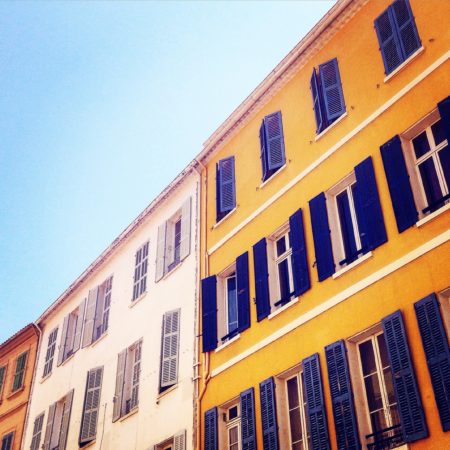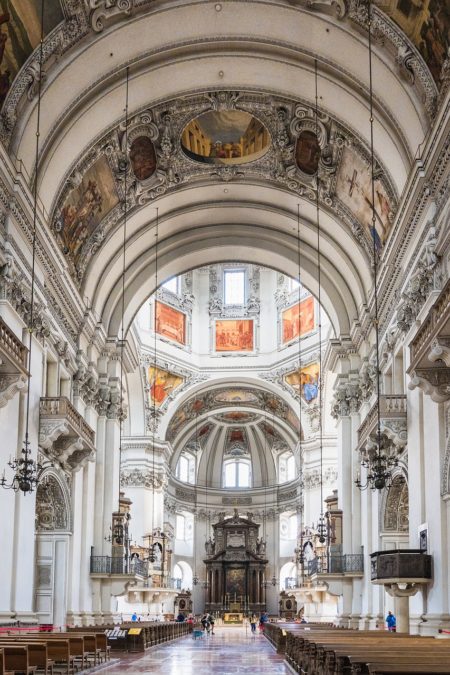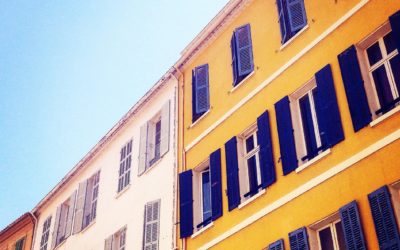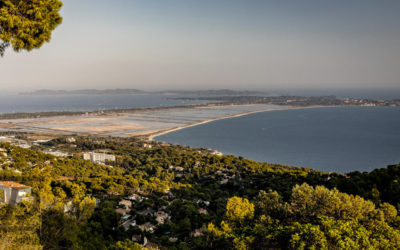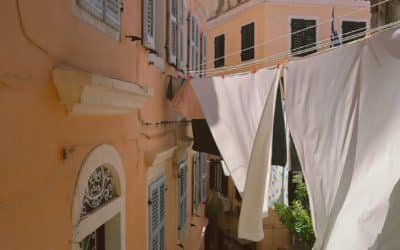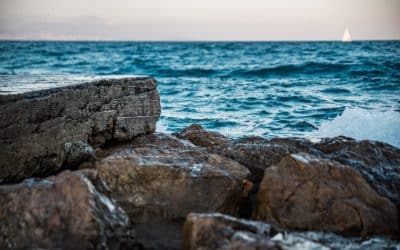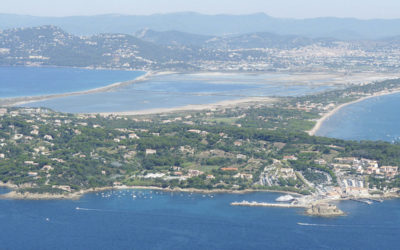Hyères, city of art and history: discover its most beautiful monuments
The vision that the visitor has on arriving in Hyères can be very different depending on whether he or she is in the centre, in the historic district or by the sea. Indeed, the town is separated into very distinct districts, relatively far from each other. The town stretches over a vast territory. It even includes the islands of Porquerolles, Port-Cros and part of the Ile du Levant.
In this article we will leave aside the purely holiday aspect, i.e. the beaches, the marina, the water sports as well as the hills in the hinterland, to focus on the city of art and history as recognised by the Ministry of Culture in 2014.
Why a city of art and history?
Hyères is one of the 188 places committed to promoting their heritage. The activities offered to the people of Hyères throughout the year and to tourists in the summer season are designed to help them discover the architectural and cultural wealth of the city.
Guided tours, the European Heritage Days, art and craft days, workshops for children such as PatriMômes, among others, are organised by the town hall or the tourist office.
In order to honour the label, a beautiful building in the town centre, which used to be the Banque de France, is dedicated to public information. The history of the town is on display, from the arrival of the Greeks on the Var coast and the creation of their city on the site of Olbia to the contemporary Villa Noailles, via the medieval town. The architectural heritage is on display, as well as the agricultural and natural heritage of the surrounding area.
What to see in Hyères? The most beautiful monuments
The medieval old town is clinging to the hill and offers a breathtaking panorama to the brave climbers. It contains a few nuggets, from the Place Massillon to the old castle, perched at an altitude of 200 m from where it dominates the valley. It is a fortress built in the 11th century and completed by a castle built two centuries later by the Count of Provence Charles I of Anjou. Only vestiges remain, as it was dismantled in 1620.
Very surprising is the presence, in the heart of the medieval quarter, of the Villa Noailles. Ultra modern, avant-garde, it was built in 1923 by the architect Mallet-Stevens according to the directives of Charles and Marie-Laure de Noailles. It was visited by many artists of the time, including Jean Cocteau and Luis Buñuel. Bought by the city, it is now a centre for contemporary art where many exhibitions are held.
From the Place Saint-Paul, you can walk down to a large washhouse that has recently been renovated, and admire the magnificent view of the town and the sea in the distance. The church of Saint-Paul dates from 1182. It contains vestiges of Provençal Romanesque style. Next to it, in the 16th century, a second building in Gothic style was built.
The Templars’ tower, also known as the Saint-Blaise tower, on Place Massillon, is the last witness of the Templars’ commandery of the 12th century. It is both a religious place with a chapel and a military place with a guardroom. A fortified terrace is located at the top. Today, exhibitions are regularly held there.
The Saint-Louis church on the Place de la République was built in the 13th century. It is a little unnoticed, wedged between two other buildings. However, it is worth a visit, as it was originally the chapel of a Franciscan convent.
The medieval city walls are no longer very numerous. However, there are still a few well-preserved gates such as the Porte Barruc, Porte Fenouillet, Porte Massillon and Porte Saint-Paul.
The more recent Park Hotel, on Avenue de Belgique, opened in 1866 and had 80 rooms at the time. The south-east façade is in the classical style. The north side is a good representation of 18th century architecture. The building currently houses, among other things, the tourist office.
The Anatole France school on rue Michelet is the impressive work of the architects Charles Maurel and Édouard Angeli, built in 1888. This building is as much an ancient basilica as the Arc de Triomphe.
Finally, moving away towards the sea, at the end of the Giens peninsula, stands the Tour Fondue, one of the many forts on the coast. It is here that we embark towards the islands of Hyères to discover other historical monuments…
Search
Catégories
Recent Posts
Suivez-nous !
